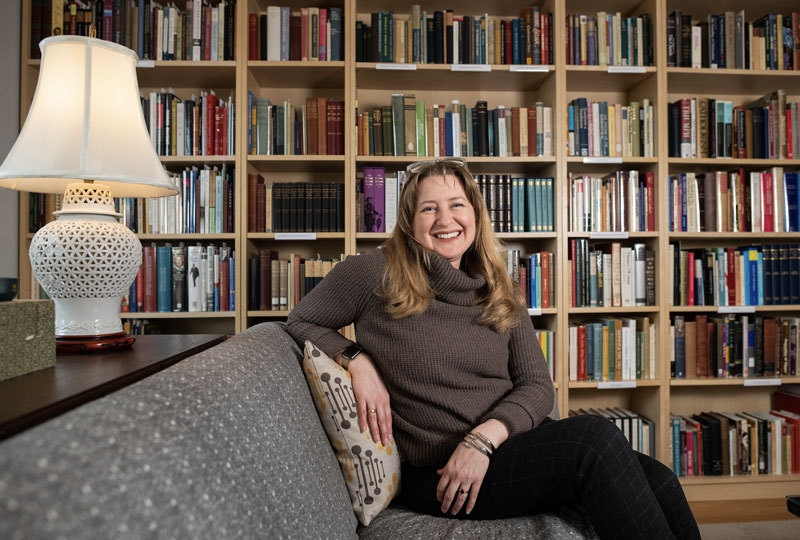-
Membership
Membership
Anyone with an interest in the history of the built environment is welcome to join the Society of Architectural Historians -
Conferences
Conferences
SAH Annual International Conferences bring members together for scholarly exchange and networking -
Publications
Publications
Through print and digital publications, SAH documents the history of the built environment and disseminates scholarshipLatest Issue:

-
Programs
Programs
SAH promotes meaningful engagement with the history of the built environment through its programsMember Programs
-
Jobs & Opportunities
Jobs & Opportunities
SAH provides resources, fellowships, and grants to help further your career and professional life -
Support
Support
We invite you to support the educational mission of SAH by making a gift, becoming a member, or volunteering -
About
About
SAH promotes the study, interpretation, and conservation of the built environment worldwide for the benefit of all
Growing with SAH Archipedia
Nov 28, 2023
by
Helena Dean

Amanda C. Roth Clark (credit: Erick Doxey)
Amanda C. Roth Clark’s work with SAH Archipedia has come full circle.
Nine years ago, Clark was a recent PhD graduate eager to pursue publishing opportunities. She was also an active member of SAH’s Marion Dean Ross Pacific Northwest Chapter. Diana Painter, then president of the chapter, reached out to Clark about writing for SAH Archipedia, the Society’s peer-reviewed online encyclopedia of the built environment of the United States. Painter put her in touch with Phil Gruen of Washington State University, who was the co-coordinator with Robert Franklin of the Washington’s Classic Buildings project for SAH Archipedia.
“I had soon signed up to write about five locations near my home in Spokane,” Clark recalls. “Thus began a multi-year process of writing and revising essays and hunting down compelling images.” Looking back, she was jumping into the deep end of the pool with those first SAH Archipedia building entries. The coordinators freely offered their editorial assistance for those first few essays.
“What began as what I thought was a one-off experience has turned into a passion,” says Clark. “I'm now deeply invested in the history and preservation of my regional built environment.”
Today, Clark is an architectural historian and dean of the Library & Special Programs at Whitworth University in Spokane, Washington. Her involvement with the Marion Dean Ross Chapter has continued, and she currently serves as the chapter historian. Clark is also the SAH Chapter Liaison and a member of the SAH Archipedia/BUS Editorial Committee.
And she’s once again working with Phil Gruen, this time as co-coordinator of Oregon content for SAH Archipedia, picking up where her father, Leland M. Roth—the original state coordinator—left off. Together, Clark and Gruen are managing contributions of peer-reviewed born-digital content for Oregon and expanding the open access SAH Archipedia, which today contains histories, photographs, and maps for over 22,000 structures and places.
“What SAH Archipedia was doing more than a decade ago was revolutionary and has since become best practice. During this past decade as a library director and now dean, I can see that the future of reference material is in digital form.”
Encyclopedias and dictionaries are now firmly established as born-digital resources, and libraries are moving away from print collections of reference materials. Librarians like Clark are also pushing the future of information sharing to be free and accessible to all.
“Where SAH Archipedia was a leader in the field, such open educational resources and open access materials are now the expectation and the norm,” Clark says. “SAH Archipedia is hitting all the sweet spots for me as both an architectural historian and a librarian.”

